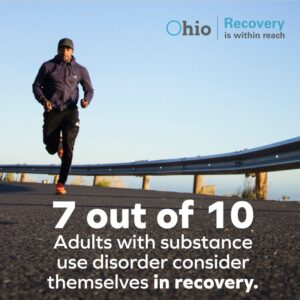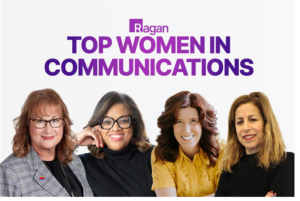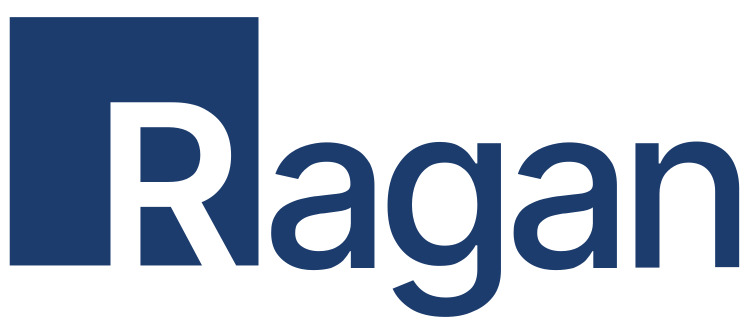How choosing your channels carefully can form lifesaving results
Employing a multichannel approach helps reach a wide audience when the message is urgent.

When you’re tasked with communicating information that’s key to the health of an entire community, it’s important to get your messaging across in as many ways as possible. It takes a particularly deft hand when you’re catering that messaging to an at-risk community. The Ohio Department of Commerce knew that action was necessary when research revealed that 35% of financial advisers suspected they had clients either directly or indirectly affected by the opioid crisis. Even more striking in the dataset was that only 9% of advisers reported knowing how to help those in need.
In response, the ODC launched the Recovery Within Reach program to equip financial professionals to help their clients struggling with opioid issues. For its work in getting the message out in an effective and multifaceted fashion, the ODC earned a Ragan Nonprofit Communications Award for Best Multichannel Campaign and a spot in this edition of the Ragan Award Winner’s Feature Profiles.
Putting together the process
The campaigns began with the compilation of three major learning modules by the ODC. Created with certification by the CFP Board, the three courses are provided to financial advisers free of charge. They educate financial planners on the context of the opioid crisis, its financial impact and how financial professionals can help. The courses also award those who complete them two hours of continuing education credit.
The ODC’s $1.5 million campaign was mainly shared with financial professionals via email comms, static image advertising on social media and filmed commercials.
In addition to its advertising materials, the ODC shared video testimonials of financial pros affected by the opioid crisis and infographics underpinning the impacts of opioid use on both people’s finances and health. The tone was also important — in each of its messaging pushes, the ODC emphasized the importance of hope in the face of major obstacles for those suffering from addiction and their families. For instance, a set of social media posts touted the fact that 7 in 10 adults who suffer from addiction consider themselves in recovery and that despite the high costs of addiction treatment, resources are available. Consistency in tone helped give the campaign a sense of cohesion across all platforms.

Source: Ohio Department of Commerce
Diving into the success metrics and media coverage
The ODC’s publicity push saw major returns, with nearly 5.5 million video impressions, with 2 million of those coming directly from financial advisers. In traditional media measurables, there were 219 placements, with 40 million impressions via radio and 55 million billboard and print impressions. Additionally, the Recovery Within Reach homepage earned 118,000 views with a further 26,000 heading to the teaching portal’s website.
The campaign’s emphasis on a multichannel approach saw coverage in major news outlets across the Buckeye State. For example, ODC placed a piece detailing the ravages of the opioid pandemic and the emotional and financial fallout from it in the Columbus Dispatch — an outlet that reaches over half a million people in Central Ohio. The piece also featured a video component, deepening the connection between the subjects of the story and the audience.
The big takeaway
The great thing about a well-executed comms campaign is that it can give a voice to communities of people that one might not know need help. For the ODC, the Recovery Within Reach campaign manages to educate both financial professionals who want to help clients in need and those affected by the opioid crisis.
The opioid crisis doesn’t discriminate — placing materials across all relevant social platforms in addition to the media outlets ensured that the campaign got to all demographics across the state, including the main demographic of financial professionals. In this fashion, awareness reached both the pros of managing people’s financial health and those who might need help due to the ravages of the crisis.
When you need to reach out to an at-risk community or one that’s part of an ongoing crisis, you need to consider your comms plan from all sides. Think about the implications of what that crisis can cause (financial problems, for one thing in this instance) and the stakeholders who can make a difference. Use all the channels at your disposal and get creative with your angles. Finding more than one way to tell the story and using facts and figures can drive the point home and even save a life.
Remember to apply to this year’s edition of the Ragan PR Daily Nonprofit Communications Awards before the March 21 deadline.
Sean Devlin is an editor at Ragan Communications. In his spare time he enjoys Philly sports and hosting trivia.







